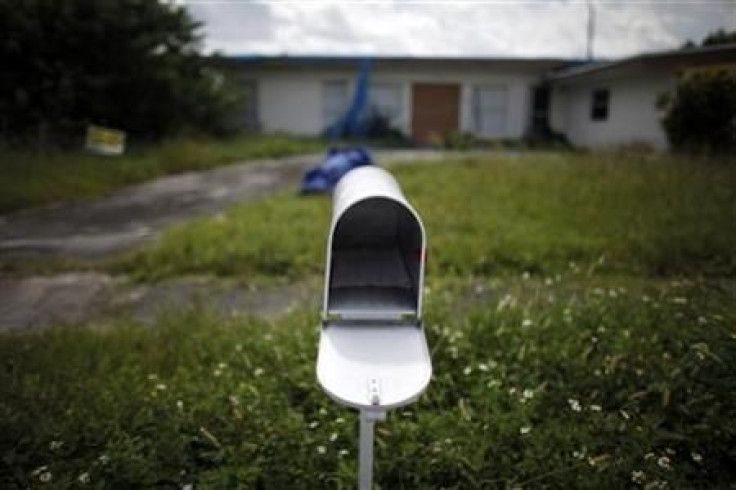There Is Still No US Housing Recovery: Experts
Analysis

Three reports released this week demonstrated positive trends in the U.S. housing market, but experts warn that a real recovery is still months away.
"The vital signs are strong enough now that it can probably get off life support," said Daren Blomquist, a vice president at Irvine, Calif., foreclosure data firm RealtyTrac. "There's still going to be some weakness and it's still going to stumble."
Foreclosures and other distressed properties accounted for 23 percent of all residential properties with four units or less in the second quarter, up from 19 percent in the prior year, according to RealtyTrac. But distressed properties increased in price by 7 percent compared to the prior year, the first annual increase in two years.
The S&P/Case-Shiller Home Price Index reported a 0.5 percent increase in June home prices compared to the prior year, the first annual increase since 2010. Pending home sales also increased by 2.4 percent in July to the highest level since a first-time homebuyer federal tax credit expired in April 2010, according to the National Association of Realtors.
Still, home prices and sales volume remain below historical levels, as the national job market remains weak.
"The use of the word 'recovery' is really inappropriate," said Jonathan Miller, president and CEO of New York-based appraisal firm Miller Samuel. Inc. "We're just stabilizing."
Low housing inventory has been cited as a reason for price increases. "There's strong evidence we're at or close to the bottom," said Blomquist of RealtyTrac. "Demand is outstripping supply in many markets. That's helping push prices up."
But Miller said fewer homes for sale can be a symptom of weakness. Prospective sellers may be discouraged from selling in what they regard in a weak market. More critically, they may not have the financial ability to sell and buy a more expensive property, particularly if their mortgages are underwater, or worth more than the value of the property.
"It's not low because sales are high. It's low because sellers can't become buyers," said Miller of inventory levels.
There is also continued drag from foreclosures and bank-owned short sales, which tend to sell at a discount. At the current sales pace, it would still take 16 months to sell the current volume of distressed properties, according to RealtyTrac. With banks expected to continue to process foreclosures to put them to market, the process will almost certainly take longer.
Regional disparity also underscores the unevenness throughout the country, although many of the hard-hit markets have shown improvements. Miami is still dealing with excess supply, but foreign investors have snapped up luxury waterfront properties. Detroit has likely bottomed oout, thanks to a recovery in the automobile industry. Phoenix is beginning to see a slowdown in foreclosures. But Atlanta, which is likely the worst housing market in the country, has seen home prices continue to fall and foreclosure rates remain stubbornly high.
The country's strongest markets share the common traits of a strong local job market, strong demand and desirable properties. Washington, D.C., has been long supported by the federal government, while San Francisco has strengthened with the rise of investments in Silicon Valley. Meanwhile, the New York metro area, and particularly Manhattan, has benefited from strong demand and a housing shortage in both rentals and for-sale properties.
A silver lining from the weak global economy has been record low mortgage rates. But actually obtaining a mortgage is a struggle, as banks are demanding pristine credit scores and downpayments of 20 percent or more.
"Residential lending remains just about as tight as it can be," said Miller. "To say that housing is recovering, when you have all these headwinds, feels premature to me."
© Copyright IBTimes 2024. All rights reserved.











